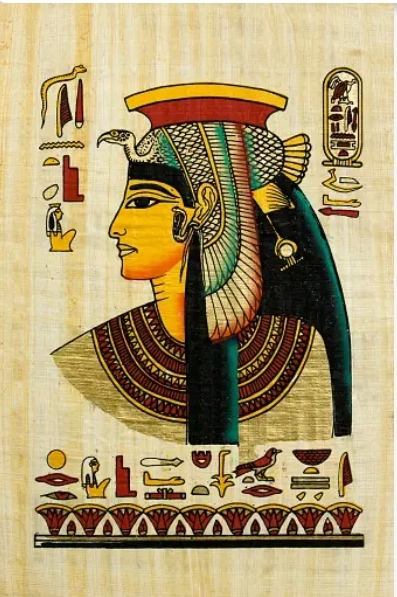Hayavadana By Girish Karnard summary

Hayavadana By Girish Karnard “Hayavadana” is a thought-provoking play written by Indian playwright Girish Karnad. The story revolves around two main characters: Devadatta, a talented but physically imperfect poet, and Kapila, a well-built and handsome warrior. The central theme of the play explores the complexities of human identity, desire, and the quest for completeness. The narrative unfolds when both Devadatta and Kapila fall in love with a beautiful woman named Padmini. Devadatta, who desires physical perfection, feels inadequate due to his physical limitations. On the other hand, Kapila, who possesses the perfect physical form, feels intellectually inferior to Devadatta. Their individual struggles with inadequacy and dissatisfaction create a poignant exploration of the human condition. As the story progresses, the characters come across a horse-headed deity called Hayavadana, who grants them a wish each. Devadatta seeks physical perfection, while Kapila year...





